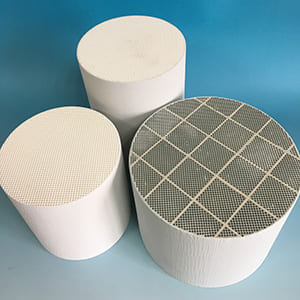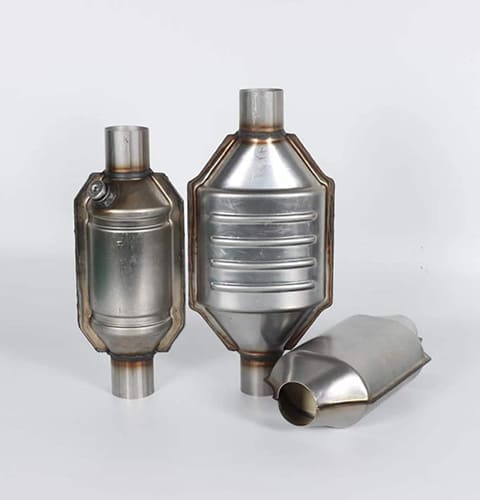Have you ever wondered why aftermarket catalytic converters are less expensive than their OEM counterparts? Is it because they are made of inferior materials? Or perhaps they don’t last as long? What if I told you that aftermarket catalytic converters offer a reliable and cost-effective alternative without compromising on quality?
The primary reason aftermarket catalytic converters are cheaper is due to lower production and operational costs. Aftermarket manufacturers leverage economies of scale, utilize more cost-effective materials, and often operate in regions with lower labor costs. This cost efficiency translates into lower prices for consumers and distributors alike.
Understanding these factors can help catalytic converter distributors better navigate the market, ensuring they provide high-quality, affordable options to their customers while maintaining profitability.
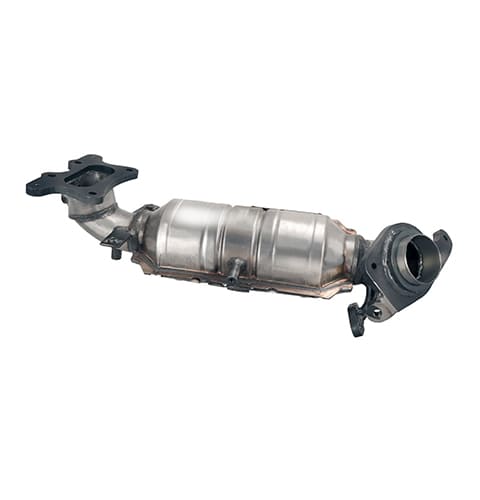
What Makes Aftermarket Catalytic Converter Cost-Effective?
Why is aftermarket catalytic converter more affordable compared to OEM parts?
- Economies of Scale: Aftermarket manufacturers produce large volumes of converters, reducing per-unit costs. This mass production benefits from streamlined processes and bulk purchasing of materials.
- Material Choices: While maintaining quality, aftermarket converters may use alternative materials that are less expensive but still meet regulatory standards. For example, they might use different ratios of precious metals like platinum, palladium, and rhodium.
- Labor Costs: Many aftermarket parts are produced in countries with lower labor costs. This significantly reduces overall manufacturing expenses without sacrificing product quality.
- Regulatory Flexibility: Aftermarket manufacturers can be more flexible in meeting regulatory standards. They ensure compliance but can optimize designs and materials to be cost-efficient.
- Brand Positioning: OEM parts often come with a premium price due to brand value. Aftermarket brands focus on cost-effectiveness, aiming to provide equivalent performance at a lower price.
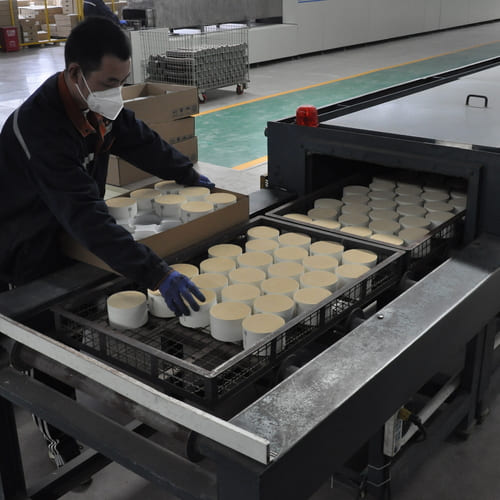
Reliability and Advantages of Aftermarket Catalytic Converter
Can aftermarket catalytic converter be as reliable as OEM parts?
Absolutely. When chosen and installed correctly, aftermarket catalytic converters offer numerous advantages:
- Cost Savings: The most apparent benefit is cost savings. Lower production costs mean aftermarket parts are significantly cheaper, providing an affordable solution for both distributors and end-users.
- Availability: Aftermarket parts are widely available, often more so than OEM parts. This is crucial for distributors who need to ensure a steady supply for their customers.
- Performance: Modern aftermarket catalytic converters are designed to meet or exceed the performance of OEM parts. Advances in manufacturing technology and materials ensure they provide similar emission reductions and durability.
- Customization: Aftermarket manufacturers can offer a wider range of options, including converters for specific applications or performance enhancements. This flexibility allows distributors to cater to niche markets.
- Warranty and Support: Many reputable aftermarket brands offer warranties and customer support comparable to OEM parts, giving distributors and consumers peace of mind.
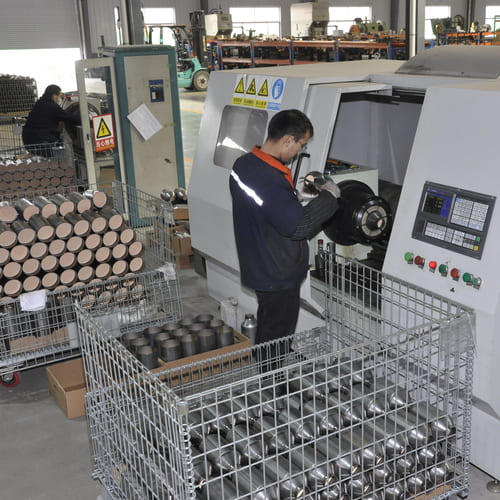
Challenges and Solutions for Distributors
What challenges do catalytic converter distributors face, and how can they overcome them with aftermarket options?
- Price Competition: Distributors often face intense price competition. Aftermarket converters allow them to offer competitive pricing while maintaining profit margins.
- Supply Chain Issues: OEM parts can suffer from supply chain disruptions. Aftermarket converters, with their broader manufacturing base, can provide a more reliable supply.
- Customer Perception: Some customers may perceive aftermarket parts as inferior. Distributors can educate their customers on the quality and reliability of aftermarket converters, highlighting their compliance with emission standards and performance.
- Regulatory Compliance: Ensuring that aftermarket converters meet local emission regulations is crucial. Distributors should work with reputable suppliers who provide certified products.
- Inventory Management: Stocking a variety of converters to meet diverse needs can be challenging. Aftermarket options, with their wider availability, help distributors maintain adequate inventory levels without significant investment.
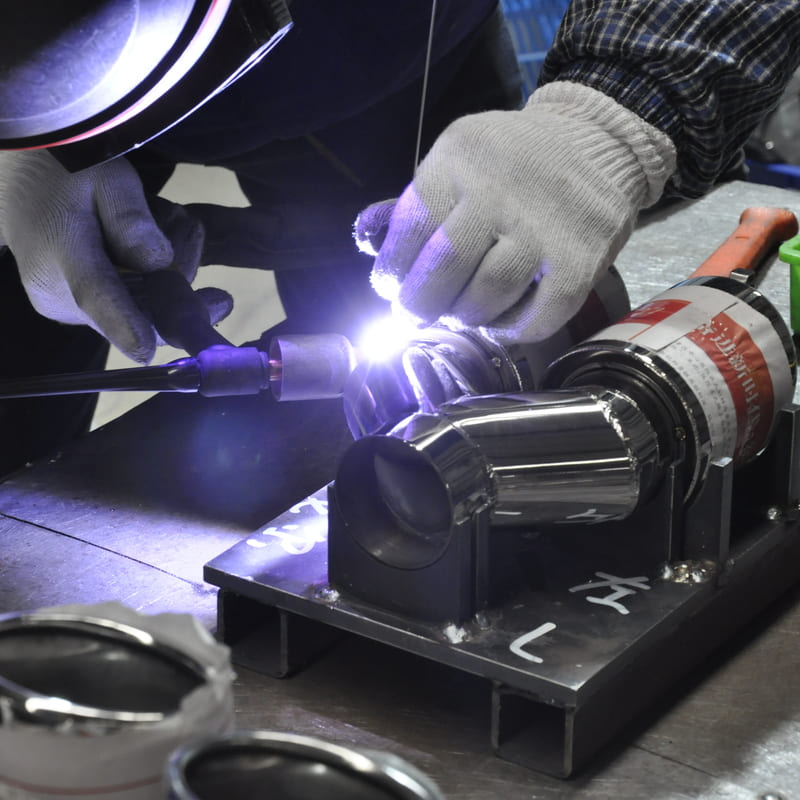
Conclusion
In summary, aftermarket catalytic converters offer a cost-effective, reliable, and widely available alternative to OEM parts. For distributors, they provide a means to remain competitive, manage supply chain challenges, and meet customer demands effectively. By understanding and leveraging the benefits of aftermarket catalytic converters, distributors can enhance their market position and profitability while delivering high-quality solutions to their customers.

